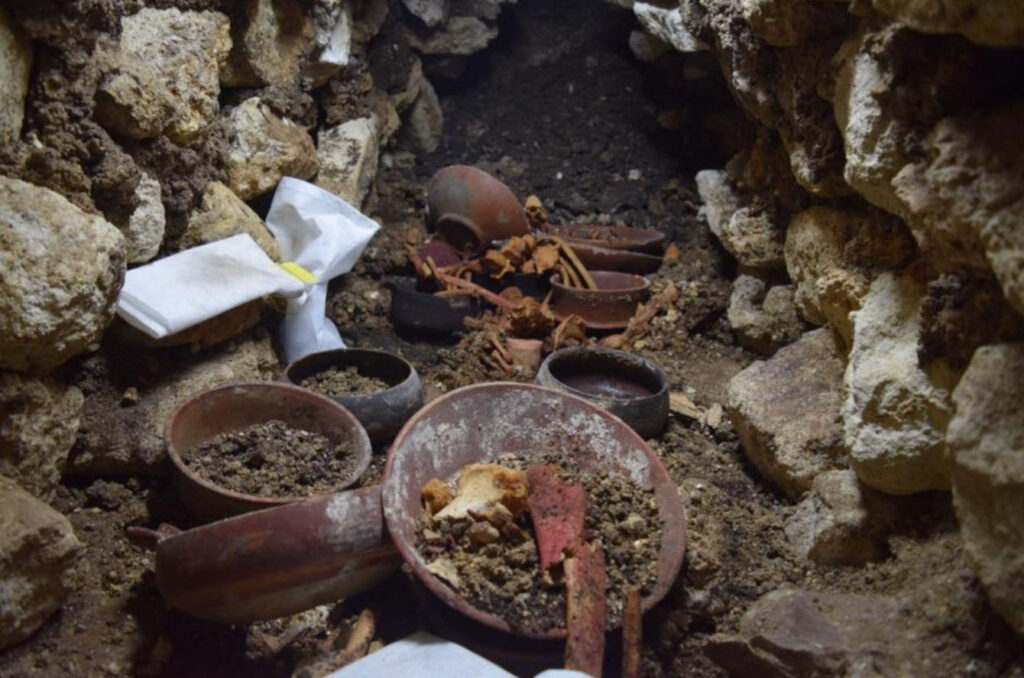The tomb of Mayan “God-King” discovered in Guatemala, his status determined by the carved jade mask
The grave of an old Mayan king was found in the pre – Columbian El Perú-Waka ‘s site in Guatemala by archeologists. The royal tomb, dating back to 300–350AD, was the oldest in the northwest part of the Petén region
“We agree this could be one of the first rulers of the Wak empire, even if estimates are preliminary and need further study,” archeologist Griselda Perez Robles told LiveScience via email.
Together with two colleagues, Pérez Robles helped lead the tunnel excavations in the Acropolis of the site and the findings were carried out.

“Excavations from outside the building took 76 days of uninterrupted work,” Pérez Robles added, noting that the discovery of the tomb itself took place on day 65 and required eight intensive days of work.
“We removed one of the rocks and could see a funeral chamber with bone remains. Their offerings were covered with cinnabar, which indicated that it was a personage of royalty.”

The tomb, the seventh to be found at the site, has been named Burial 80. It contained a carved jade mask that depicts the departed ruler as the Maya god of maize, as well as 22 ceramic vessels, Spondylus shells, jade ornaments, and a shell pendant carved in the shape of a crocodile.
“The Classic Maya revered their divine rulers and treated them as living souls after death,” David Freidel told the Source at Washington University in St. Louis, where he is a professor of anthropology.
“This king’s tomb helped to make the royal palace acropolis holy ground, a place of majesty, early in the history of the Wak dynasty.”

Located at the intersection of the San Pedro and San Juan rivers, El Perú-Waka’ was a key area of commercial exchange in Petén in ancient times.
“The discovery of Burial 80 allows us to get closer to the knowledge of the first centuries of the site, when it was in development, although it already had an established social organization and a complex ideological system,” said Pérez.
Excavations have been ongoing at the El Perú-Waka’ Regional Archaeological Project since 2003.
“The site, given its history and influence in the region, is extraordinary,” said Pérez Robles. “It would not be surprising if further findings of great relevance continue to be uncovered.”





